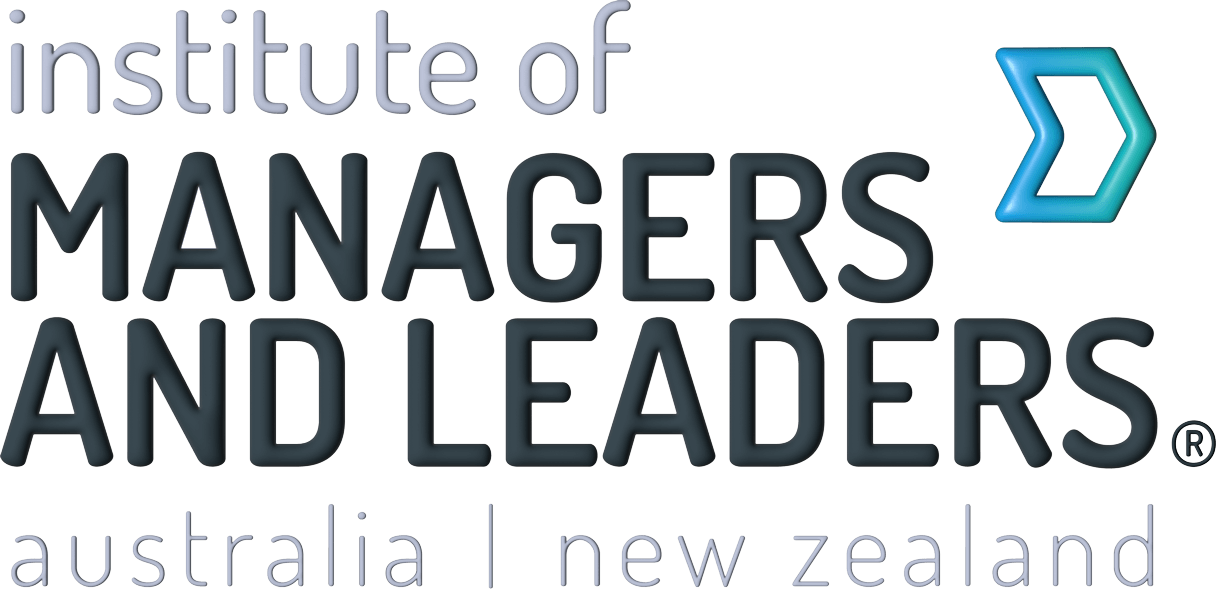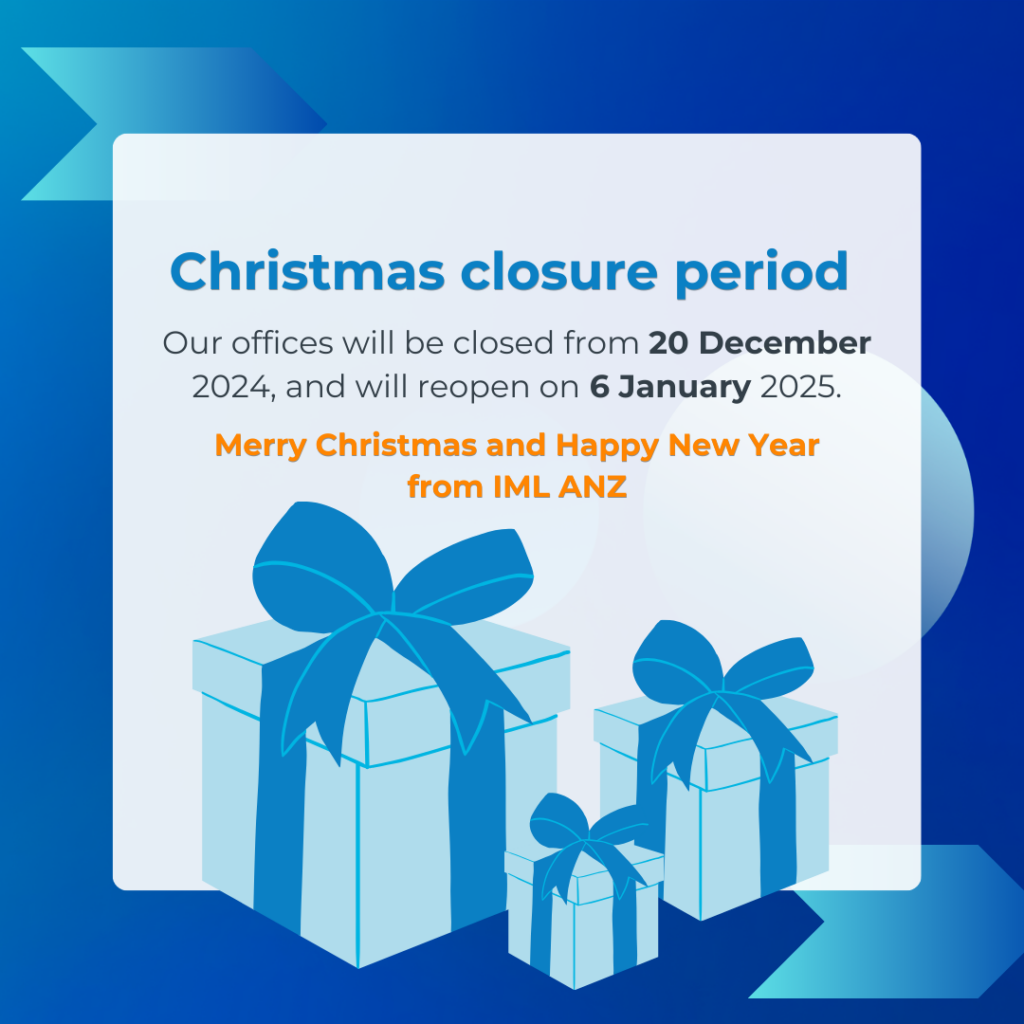One of the most important remits of top leaders is the strategy. However, if 96% of leaders admit to not having the time to think strategically (as they are pulled into managing the day-to-day tasks), is it really as vital as most claim it to be?
Keeping strategy front of mind
An organisation’s strategy should never be treated as ‘set and forget’. Today’s business environment is engulfed in a constant stream of subtle discontinuities that may undermine an organisation if they aren’t watchful. Since these are unexpected and irregular, dealing with it requires being attuned to existing patterns, yet able to perceive important breaks in them.
Leaders must also guard against complacency. As success may trick you into becoming content, therefore risking the chance that you lose the edge and intensity that led you to the top.
That’s why leaders must make the time to seek out new opportunities, guard against looming threats and take advantage of untapped strengths. That’s why strategies should never be left static.
Although staying flexible in strategic terms doesn’t mean jumping from strategy to strategy. What it requires is continuous incorporation of new ideas to maintain the effectiveness and relevance of your strategy.
In Leadership Matters: 7 Skills of Very Successful Leaders, IML ANZ chief executive, David Pich walks leaders through the crucial skill of setting strategy. Here are three things we learn from Pich about why leaders require strategic thinking time:
1. To recognise when the strategy needs adjusting
According to Pich, successful leaders can detect when the strategy needs to be tweaked or changed. He warns, “there is a tendency for today’s leaders not only to believe that they have all the answers but to believe that these answers must be the right answers, every time.”
To fight against what Pich calls ‘strategic stubbornness’, it’s important for leaders to pause from time to time (and not just during the allocated ‘strategy day’) to gauge where the strategy is at and what adjustments must be made.
2. To involve others in strategic planning
Pich also cautions against setting strategy in a vacuum. He points out the need for buy-in from those who need to support and implement the strategy.
It’s imperative that leaders make time to meet with relevant stakeholders when assessing the fitness of the current strategy. Resist the temptation to go at it alone because that might be the quicker route. Involve others to ensure you receive the support you need to deliver the strategy.
3. To avoid feeling daunted
For Pich, setting strategy is the equivalent of eating the proverbial elephant. You need to cut it down to manageable chunks rather than trying to tackle it as a giant whole.
In his experience taking the helm at IML ANZ, Pich said, “We sliced and iced the big hairy elephant! Over the course of two full days (and with very significant pre-work), we arrived at what we called [IML ANZ’s] four strategic pillars.”
There are no shortcuts to a great strategy. Invest the time and keep checking in on yours to ensure that it sets you on the path to success.
Sources (these articles are available to IML ANZ members via Leadership Direct):
- Skordoulis, RT 2004, ‘Strategic flexibility and change: an aid to strategic thinking or another managerial abstraction?’, Strategic Change, vol. 13, no. 5, pp. 253–258.
- McManus, J, White, D & Botten, N 2009, ‘Strategy: Rethinking the paradigm’, Management Services, vol. 53, no. 1, pp. 38–42.











